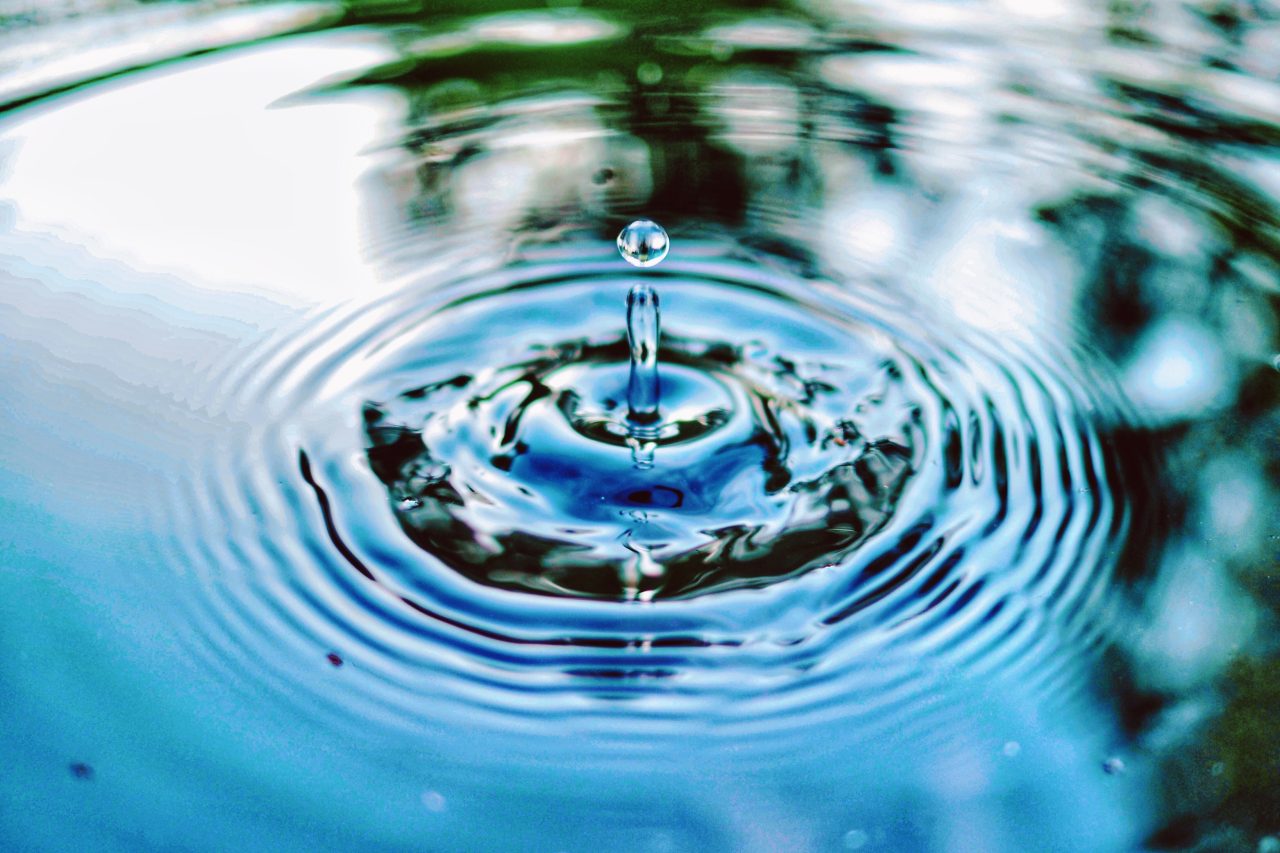
In the wake of the industrial revolution, our world has made remarkable strides in technological advancement. However, along with these achievements, we’ve uncovered new sources of pollution, posing a constant threat to the quality of our air and, more importantly, our water. The increase in water-related diseases is a stark reminder of the escalating pollution in our environment. Water, after all, is the second most critical requirement for life, right after clean air.
Water is a lifeline for all living beings. Its quality plays a pivotal role in our health and well-being, whether it’s for drinking, cooking, or sanitation. With pollution and contamination on the rise, ensuring the quality of our water sources has become more critical than ever.
What is Water Quality?
Water quality refers to the physical, chemical, and biological characteristics of water. To determine its suitability for consumption and use, various parameters are analyzed. These parameters include pH levels, dissolved oxygen, the presence of heavy metals, coliform bacteria, and other contaminants.
The Menace of Water Pollution
Water pollution is a significant threat to human health that we should never underestimate. It occurs when harmful substances contaminate water sources, rendering them unsuitable for consumption or use. These contaminants can originate from a multitude of sources, including industrial activities, agricultural runoff, improper waste disposal, and sewage leaks.
The Toxic Chemical Conundrum
One of the most alarming aspects of water pollution is the presence of toxic chemicals. Industrial processes frequently release substances such as heavy metals, pesticides, solvents, and pharmaceuticals into our water bodies. When we come into contact with or consume water tainted by these chemicals, the consequences can be severe. Long-term exposure to toxic chemicals has been linked to various debilitating illnesses, including cancer, neurological disorders, hormonal imbalances, and reproductive issues.
Heavy Metals: Silent Threats
Heavy metals like lead, mercury, and arsenic pose a particular menace to human health. These metals can infiltrate our water supply through industrial discharges or leach from natural deposits. Ingesting or inhaling high levels of heavy metals can lead to irreversible damage to vital organs, including the kidneys, liver, and brain.
Microscopic Perils: Waterborne Pathogens
Bacteria and other microorganisms in polluted water can also have detrimental effects on human health. Contaminated water sources may harbor waterborne pathogens, including bacteria, viruses, and parasites. These microscopic threats can cause a range of gastrointestinal illnesses, such as diarrhea, vomiting, and stomach cramps. In severe cases, these infections can lead to dehydration and even death, particularly in populations with weakened immune systems, such as the elderly or immunocompromised individuals.
In conclusion, water quality is not just a matter of environmental concern; it’s a fundamental issue for our well-being. We must take active steps to protect our water sources, regulate pollution, and ensure access to clean and safe water. By understanding the critical importance of water quality and the dangers of water pollution, we can collectively work towards safeguarding this precious resource. Your health, and the health of the planet, depend on it.
